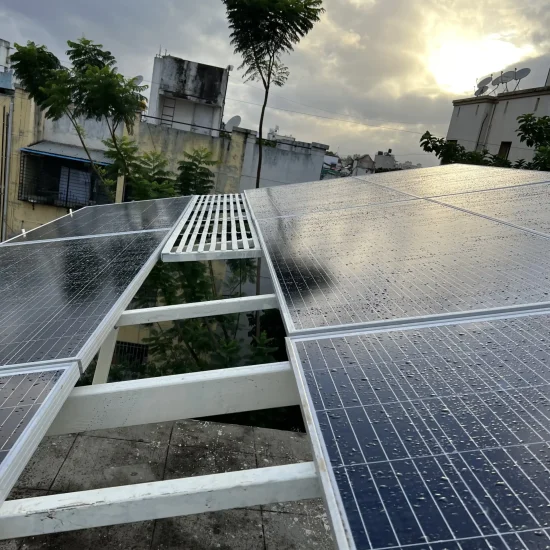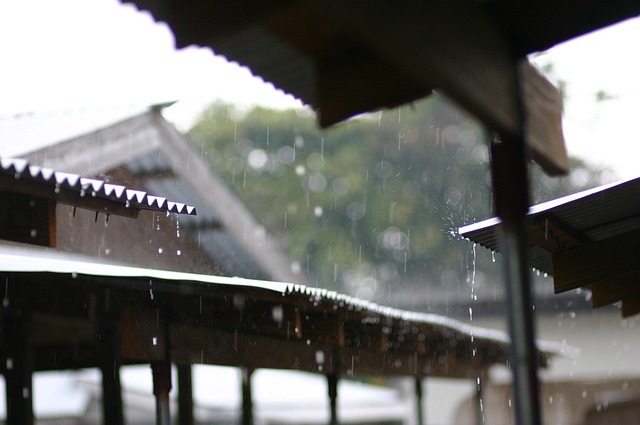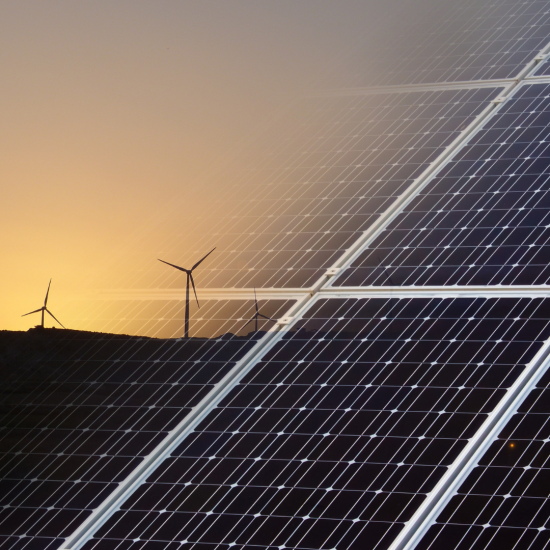"Shining Through the Rain: Optimizing Solar Energy Production on
Cloudy Days."
Published on 19th June, 2023.
Introduction
Solar energy has emerged as a sustainable and eco-friendly solution to meet the ever-increasing energy demands of our planet. The abundance of sunlight throughout the year makes it a highly reliable and efficient source of renewable energy.
However, concerns arise regarding the effectiveness of solar energy production during the rainy season when clouds and precipitation reduce sunlight availability.
In this blog post, we will explore the potential of solar energy production during the rainy season, shedding light on its viability and the innovative solutions that are driving its growth.

The Challenge of Rainy Seasons

Rainy seasons pose a challenge to solar energy production as clouds obstruct sunlight from reaching solar panels. This reduction in sunlight intensity affects the amount of energy generated. However, despite these challenges, solar energy production during the rainy season is not only feasible but also economically viable.
During cloudy/rainy days solar panels still produce energy from the diffused sunlight, even on days with heavy cloud coverage there is some diffused sunlight in the atmosphere.
Although, diffused or reflected light is less intense that direct sunlight, solar panels can still produce energy.
So, the main question is, do solar panels still generate power during rainy or cloudy days?
The answer is yes, the solar system still generates energy during rainy or cloudy days however, the amount of energy is not the same compared to a sunny day.
Rainy days can cause a 30-40% drop in solar power efficiency compared to sunny days. For example, if the system generates 4kWh of electricity on a sunny day, during a rainy day it will only produce 1-2 kWh of electricity.
But you don’t have to worry about your system not making enough electricity. So during rainy days, your solar system will either,
1.Take additional electricity required from the utility grid OR
2. During summer when the sun is at its peak, it will generate excess electricity than what is used, and the excess units produced will be supplied to the utility grid and credited to your electricity bill which can be used during the rainy season.
So, we design all systems with the rainy season in mind and your system will function at optimal capacity throughout the year. Rain can even help keep your solar panel operate efficiently by naturally washing away all the dirt, dust, and debris that can gather on the panel.
At Shree Solar EPC, before we install a solar energy system, the site is examined by our experts to ensure the location of the solar panels is configured to meet the highest possible energy production. The amount of rain and annual cloud coverage is taken into account and each system is customized accordingly.
Advancements in Technology
Advancements in solar technology have significantly improved the efficiency of solar panels and their ability to capture sunlight, even under cloudy conditions. One of the breakthroughs is the development of “thin-film” solar panels, which are more effective at capturing diffused sunlight. These panels are capable of producing energy even when the sun is not shining brightly, making them suitable for regions with a substantial amount of rainfall.
Furthermore, innovations such as bifacial solar panels have enhanced solar energy production during the rainy season. Bifacial panels can capture sunlight from both sides, allowing them to utilize the sunlight reflected off the ground and surrounding surfaces. This feature enables them to generate electricity even when direct sunlight is limited.
Energy Storage Solutions
Another key factor in overcoming the challenges of rainy seasons for solar energy production is efficient energy storage solutions. Energy storage technologies, such as batteries, have made significant progress in recent years. These batteries can store excess solar energy during periods of sunlight and discharge it when sunlight is limited, ensuring a consistent supply of electricity.
Advancements in battery technology with improved efficiency, have made them an essential component of solar energy systems. With the ability to store surplus energy, solar power plants can provide electricity even during extended periods of rain, ensuring a reliable power supply throughout the year.
Hybrid Systems
Hybrid systems that combine solar energy with other renewable sources, such as wind or hydro, have gained traction during the rainy season. These systems can harness multiple renewable resources simultaneously, providing a more consistent and reliable energy supply.
For example, during the rainy season, when solar energy production may be reduced, wind energy production tends to be higher. By integrating wind turbines with solar panels, hybrid systems can compensate for the reduced solar energy production, ensuring a stable power output. Similarly, in regions with abundant rainfall, hydroelectric power can complement solar energy production during the rainy season, further enhancing the reliability of renewable energy systems.

Optimizing Solar Energy Systems
To maximize solar energy production during the rainy season, it is essential to optimize the design and placement of solar panels. Factors such as panel tilt, orientation, and cleaning methods play a crucial role in ensuring the efficiency of solar panels. For instance, adjusting the tilt angle of panels can help shed rainwater and prevent its accumulation, thus minimizing the negative impact on energy generation.
Regular maintenance and cleaning of solar panels are equally important. Rainwater often washes away dust and debris, improving the panel’s performance. However, in areas with frequent rainfall, regular inspections and cleaning become even more critical to remove any build-up that might hinder the absorption of sunlight.
Conclusion
Solar energy production during the rainy season presents both challenges and opportunities. Thanks to technological advancements and innovative solutions, the potential of solar power generation during periods of reduced sunlight has increased significantly. Thin-film solar panels, bifacial panels, energy storage solutions, and hybrid systems have all contributed to enhancing the viability and reliability of solar energy production during the rainy season.
As we continue to focus on sustainable energy solutions, optimizing solar energy systems and exploring new technologies will play a crucial role in harnessing the power of rain. By embracing these advancements, we can ensure a more resilient and environmentally friendly energy future for generations to come.
Solar energy has made great strides in the last decade and is more easily accessible now than ever.
Solar energy has incredible potential for all customer segments in the coming years.

